67+ Sample HR Letters
-
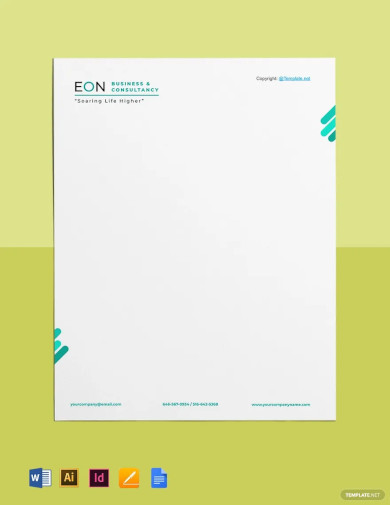
Sample HR Letterhead Template
download now -
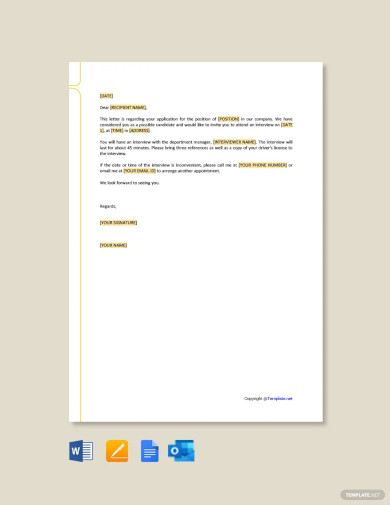
HR Invitation Letter Format Template
download now -
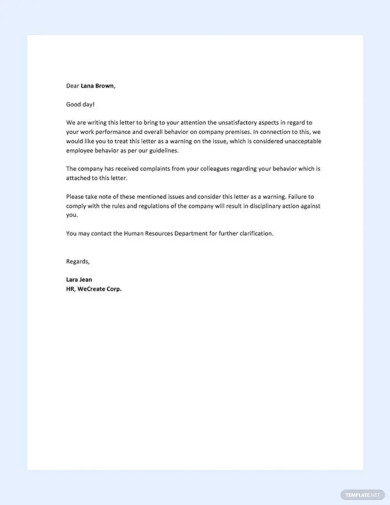
HR Warning Letter Template
download now -
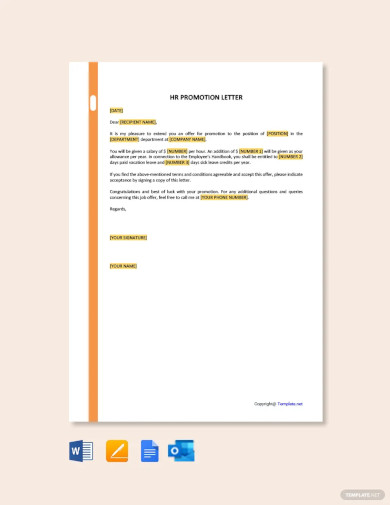
HR Promotion Letter Template
download now -
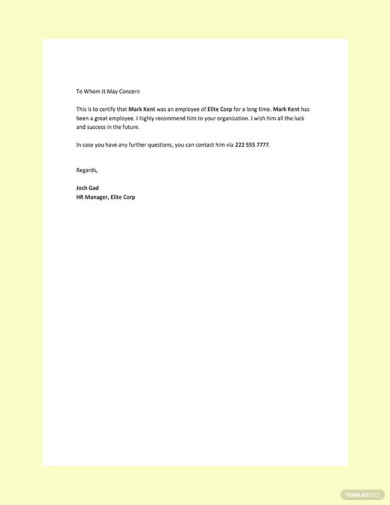
HR Reference Letter Template
download now -
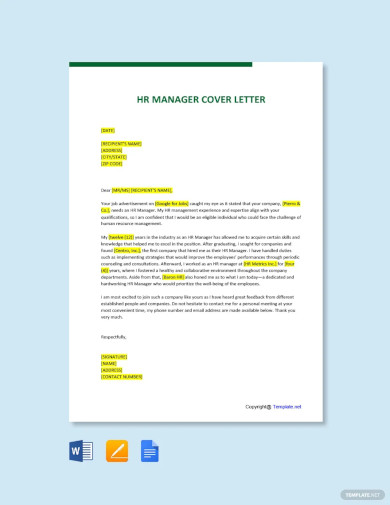
HR Manager Cover Letter Template
download now -
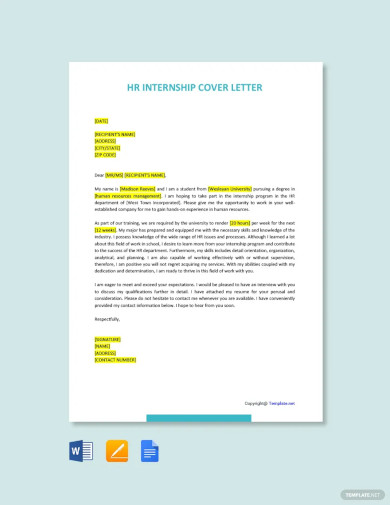
HR Internship Cover Letter Template
download now -
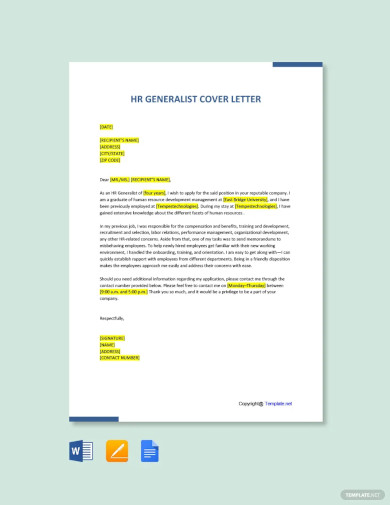
HR Generalist Cover Letter Template
download now -
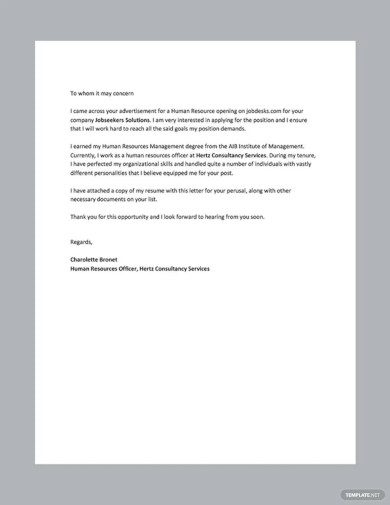
HR Resume Cover Letter Template
download now -
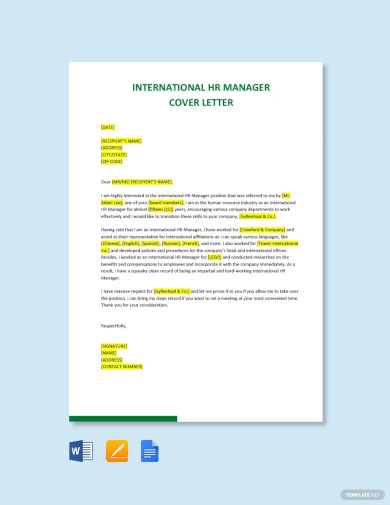
International HR Manager Cover Letter Template
download now -
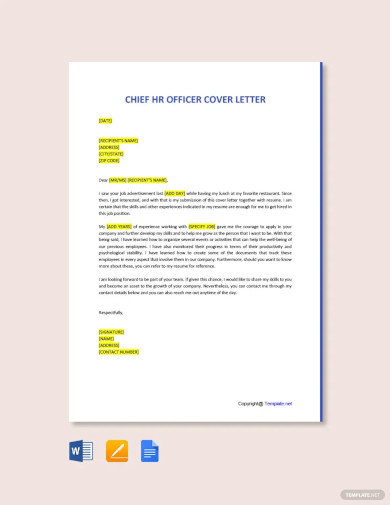
Chief HR Officer Cover Letter Template
download now -
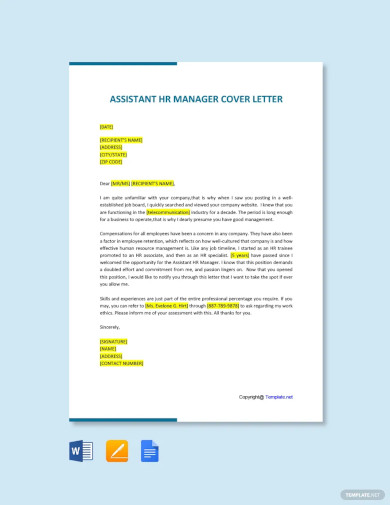
Assistant HR Manager Cover Letter Template
download now -

Experienced Hr Resume Cover Letter Template
download now -
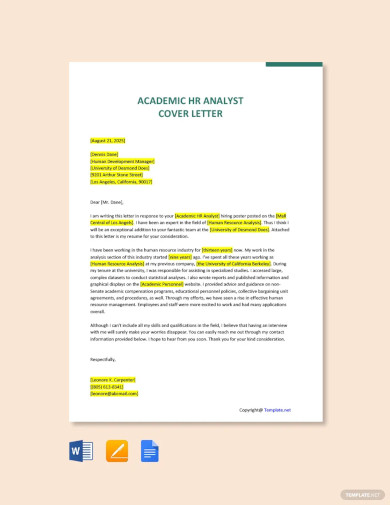
Academic HR Analyst Cover Letter Template
download now -
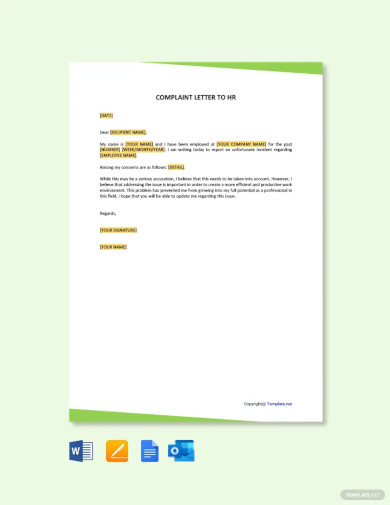
Complaint Letter to HR Template
download now -

Professional HR resume Cover Letter Template
download now -
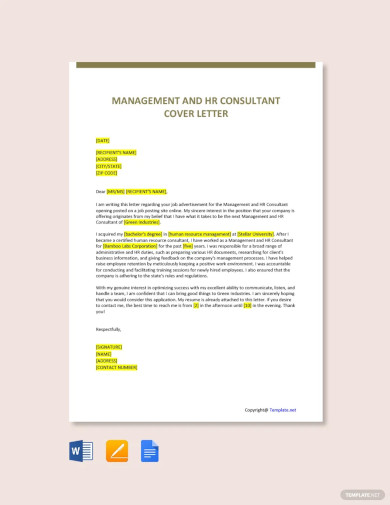
Management and HR Consultant Cover Letter Template
download now -
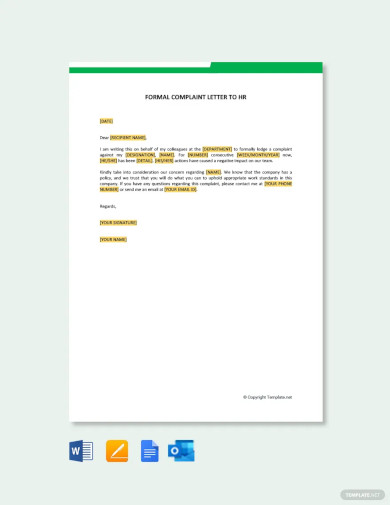
Formal Complaint Letter to HR Template
download now -
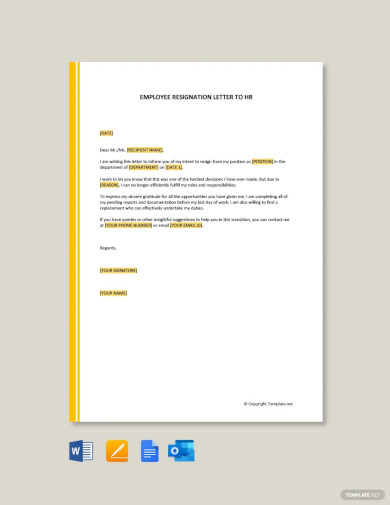
Employee Resignation Letter To HR Template
download now -
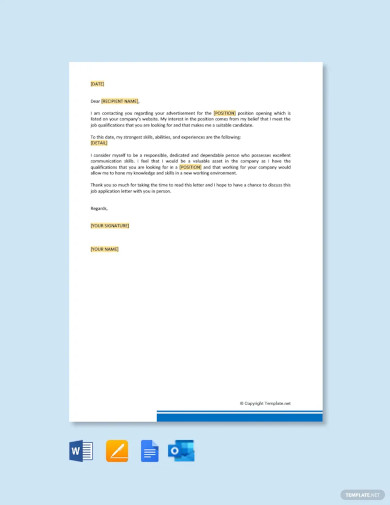
Job Application Letter to HR Manager Template
download now -
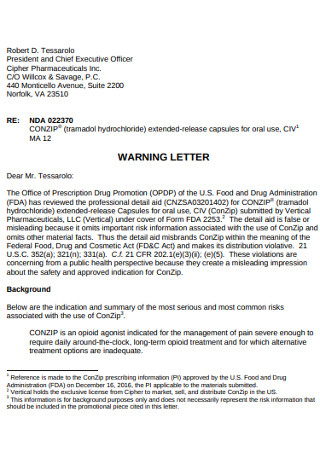
HR Warning letter
download now -
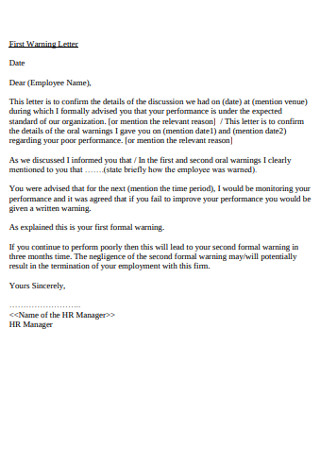
First Warning Letter
download now -
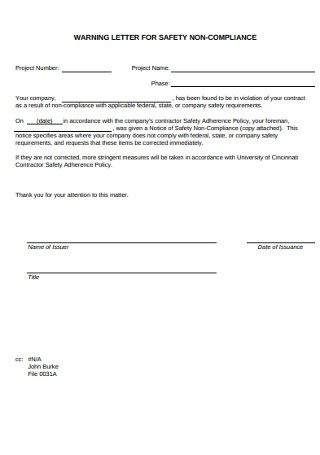
Safety Non Compliance Warning Letter
download now -

Sample Employee Written Warning letter
download now -

Confirming Verbal warning Letter
download now -
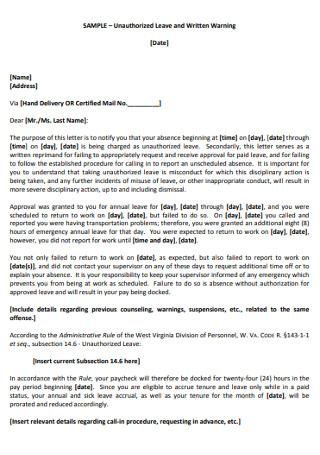
Sample Unauthorized Leave and Written Warning
download now -
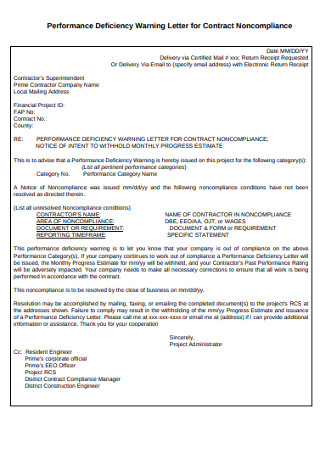
Performance Deficiency Warning Letter
download now -
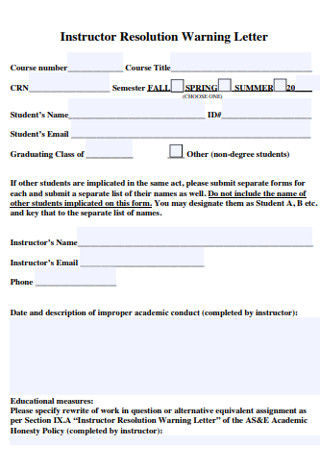
Instructor Resolution Warning Letter
download now -
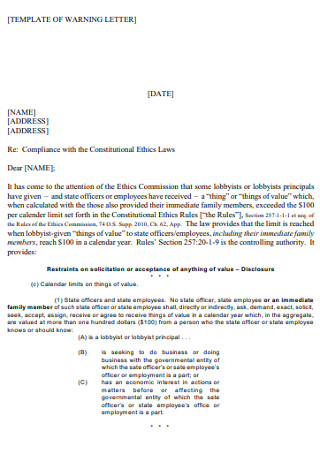
Warning Letter Template
download now -
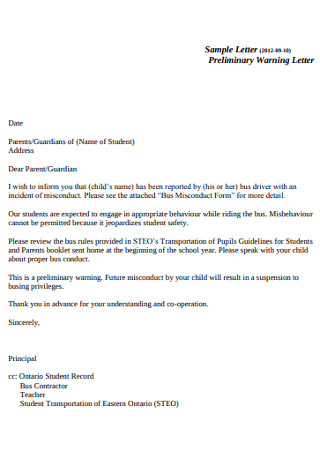
Preliminary Warning Letter
download now -
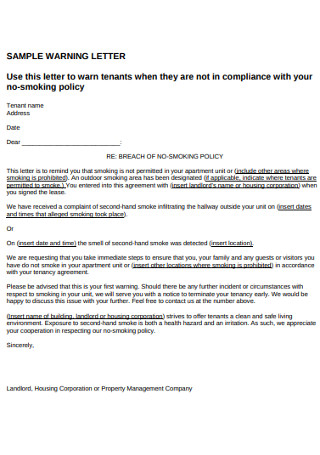
Sample Warning Letter in PDF
download now -
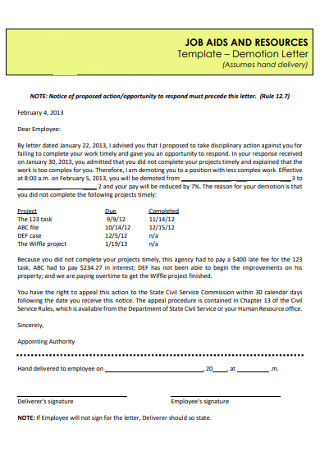
HR Demotion Letter
download now -
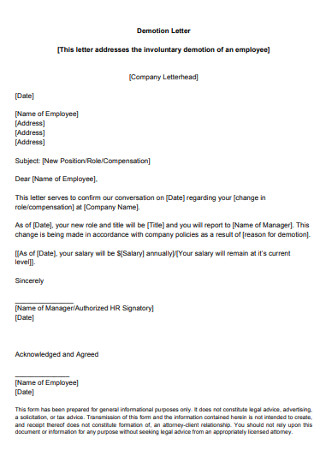
Sample Demotion Letter
download now -

HR Technical Letter
download now -
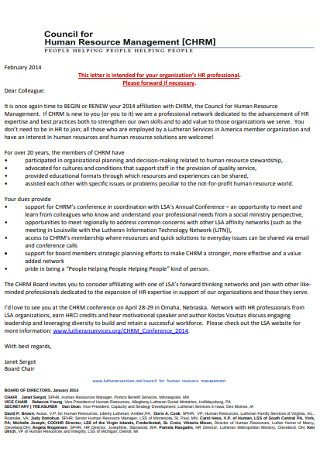
HR Management Letter
download now -
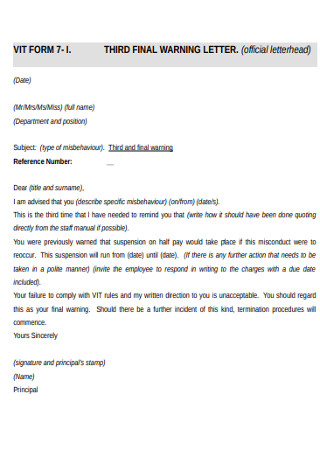
Third Final Warning Letter
download now -
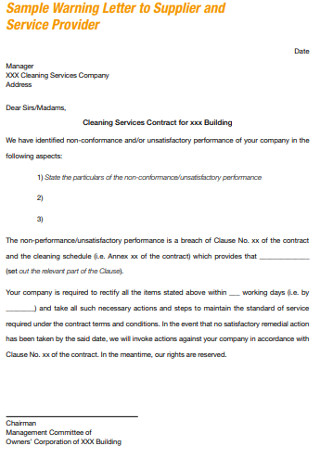
Sample Warning Letter to Supplier
download now -
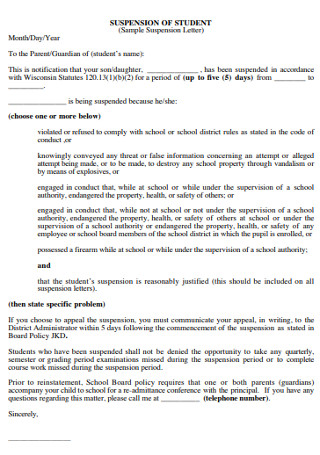
Student Suspension Letter
download now -
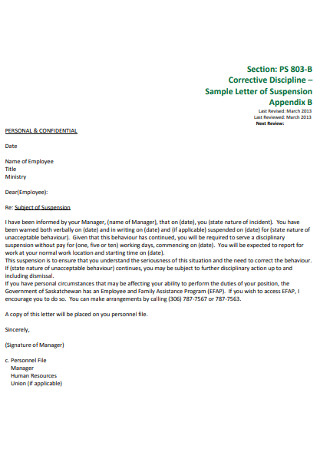
Sample Personal Suspension Letter
download now -
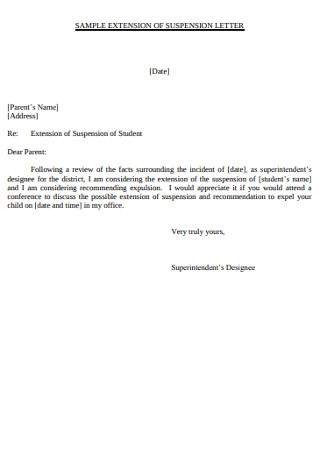
Sample Suspension Extension Letter
download now -
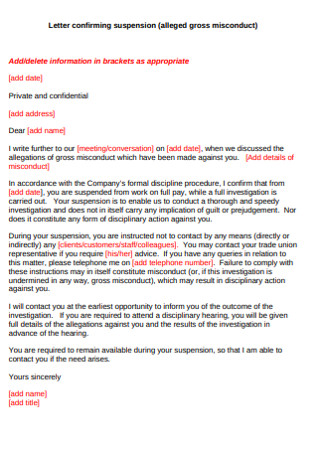
Suspension Conforming Letter
download now -
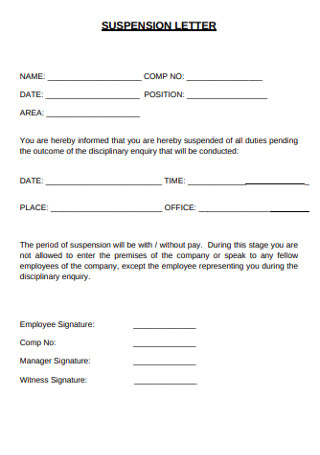
Standard Suspension Letter
download now -
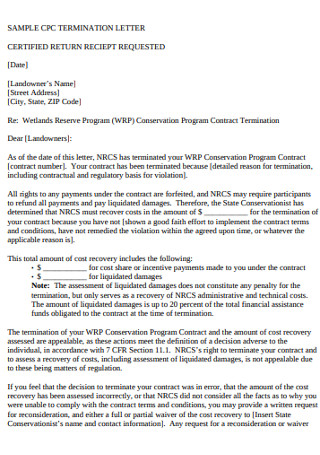
Sample Termination Letter
download now -
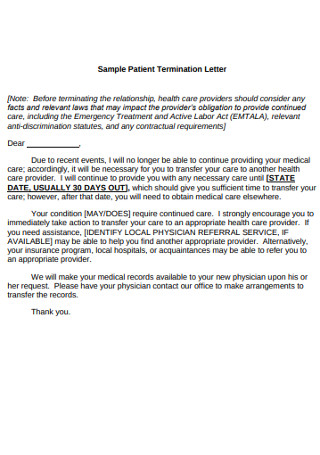
Sample Patient Termination Letter
download now -
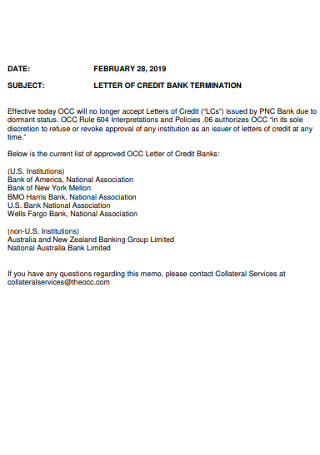
Letter of Credit Bank Termination
download now -
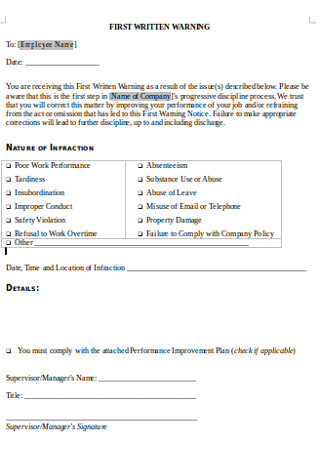
Employee First Written Warning Letter
download now -
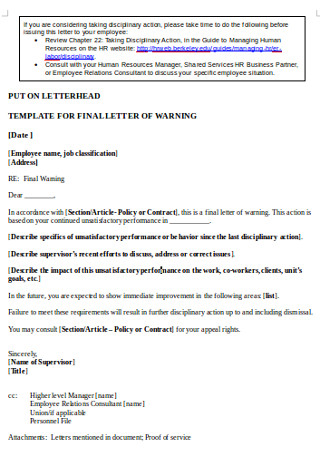
Final Warning Letter in DOC
download now -
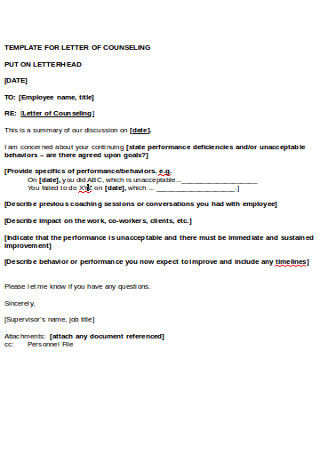
Counselling Letter Template
download now -
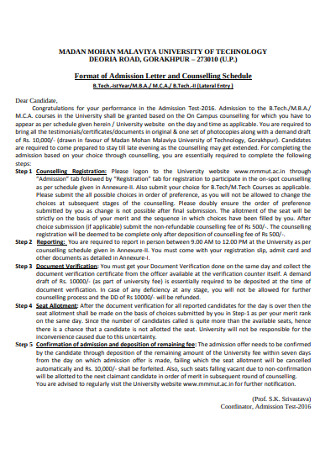
Counselling Admission Letter
download now -
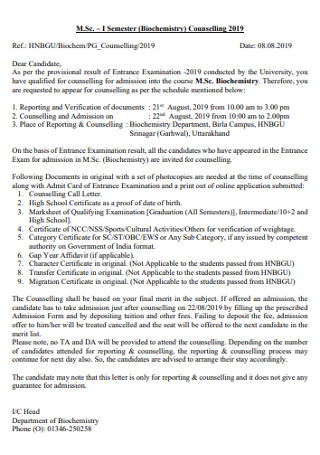
Sample Counselling Letter
download now -
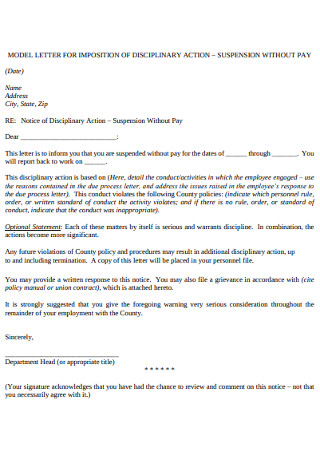
Suspension Without Pay Letter
download now -

Printable Suspension Letter
download now -
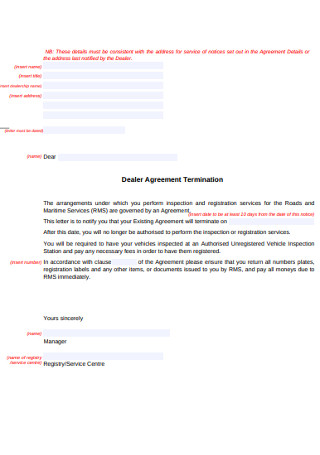
Dealer Agreement Termination Letter
download now -
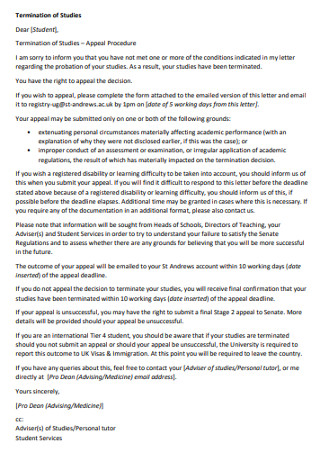
Termination of Studies Letter
download now -
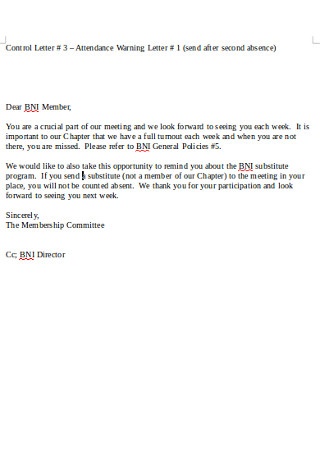
Attendance Warning Letter
download now -
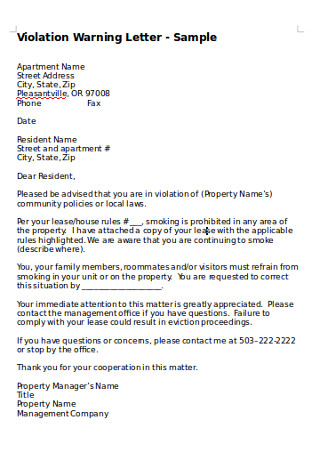
Violation Warning Letter
download now -
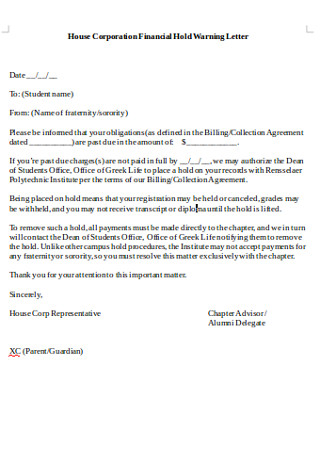
House Corporation Financial Hold Warning Letter
download now -
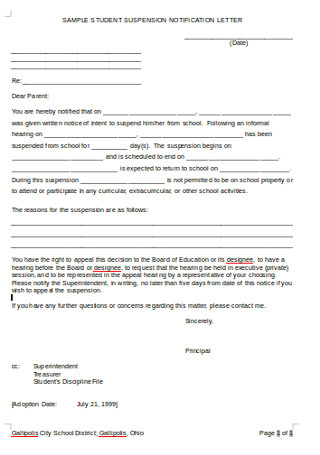
Sample Student Suspension Notification Letter
download now -
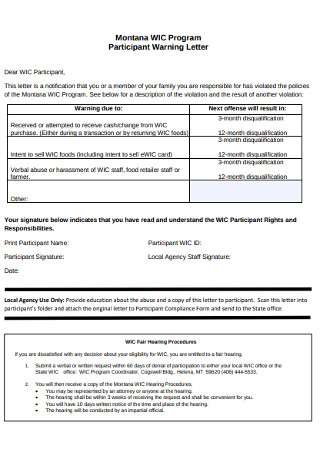
Participant Warning Letter
download now -
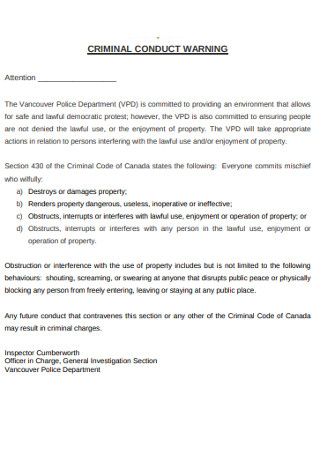
Criminal Conduct Warning Letter
download now -
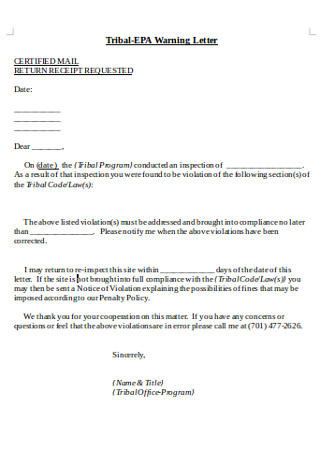
Sample Tribal Warning Letter
download now -
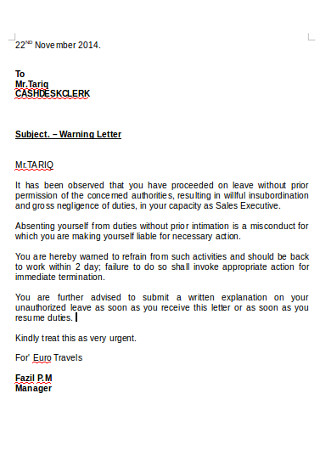
Formal Warning Letter
download now -

First and Final Warning Letter
download now -
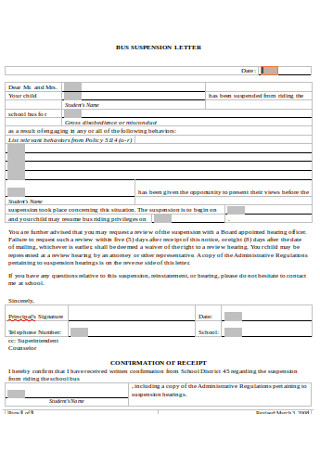
Bus Suspension letter
download now -
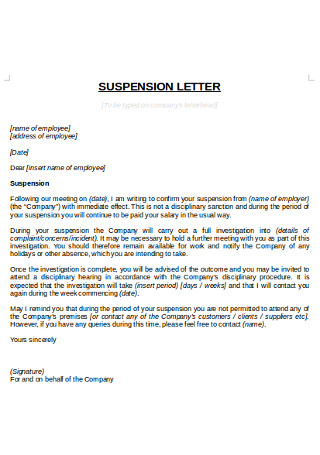
Basic Suspension Letter
download now -
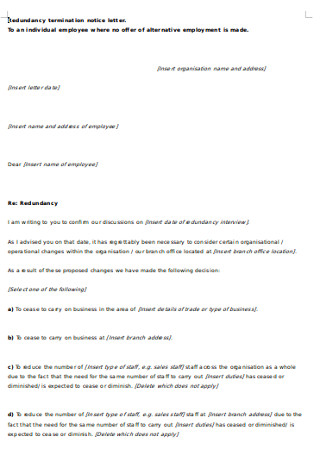
Redundancy termination notice letter
download now -
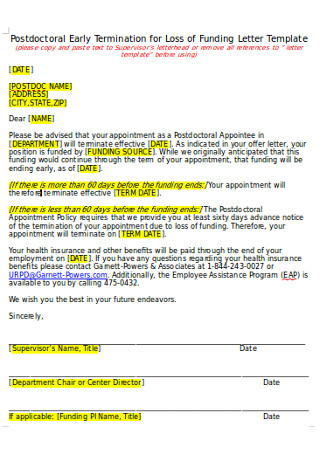
Early Termination Letter
download now -
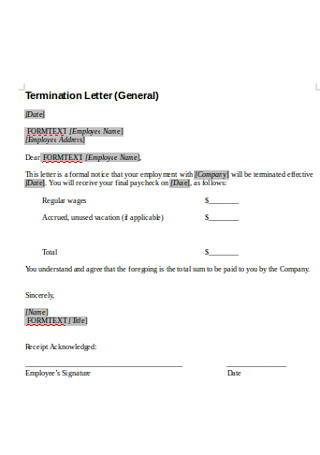
General Rermination Letter in DOC
download now
FREE HR Letter s to Download
67+ Sample HR Letters
What Is an HR Letter?
Types of HR Letters
The Dos and Don’ts of HR Letters
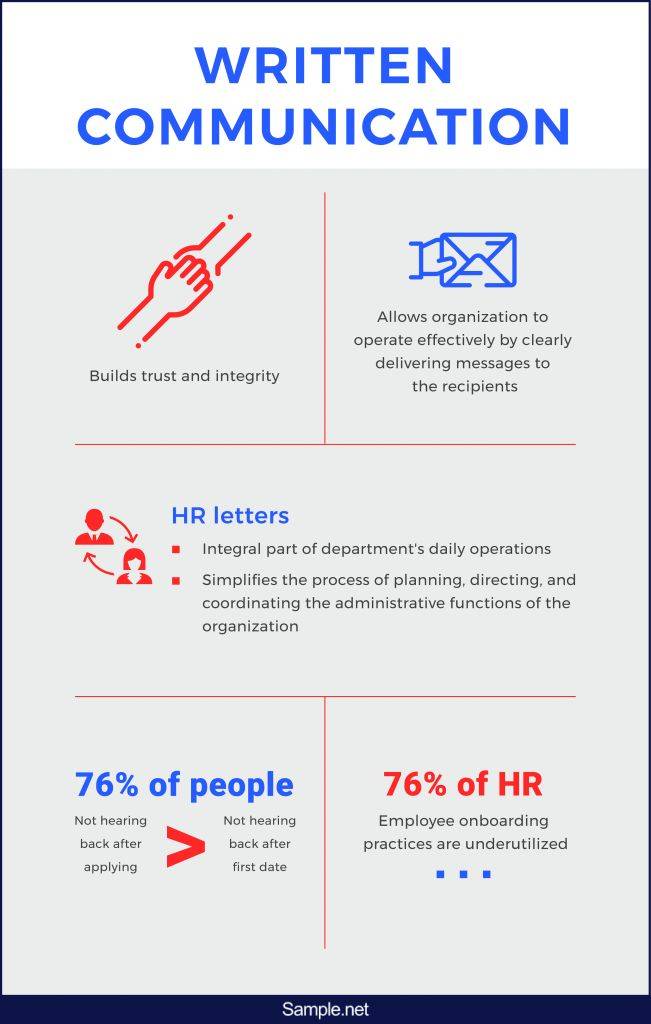
“Communication is key. 76% of people say not hearing back after applying is more frustrating after not hearing back after a first date.” (Source: iCIMS Inc.)
“76% of HR leaders say employee onboarding practices are underutilized at their organization.” (Source: Business Wire)
What Is an HR Letter?
Also referred to as employment letters or personnel letters, Human Resource letters are used to document the words communicated between an employer and an employee or prospective employee. They can cover a wide array of information in regard to workplace safety, recruitment, staff training, employee relations, and even labor law compliance. HR letters are an important form of communication to ensure that the words exchanged between the employer and the employee are thoroughly clarified in print. This may be used to support any claims that are used against the opposing party in a dispute, particularly when valid evidence is crucial to prove your point.
Types of HR Letters
HR letters come in many forms to handle the different aspects of the department’s scope of work. Since the Human Resources department is responsible for coordinating and managing individuals within an organization, you can only imagine the number of HR documents that are sent in and out of their office for business correspondence. Each letter is specifically designed to cater to an HR-related function in an attempt to develop a level of transparency within the workplace. Hence, knowing what these letters are for is bound to enhance internal and external relations.
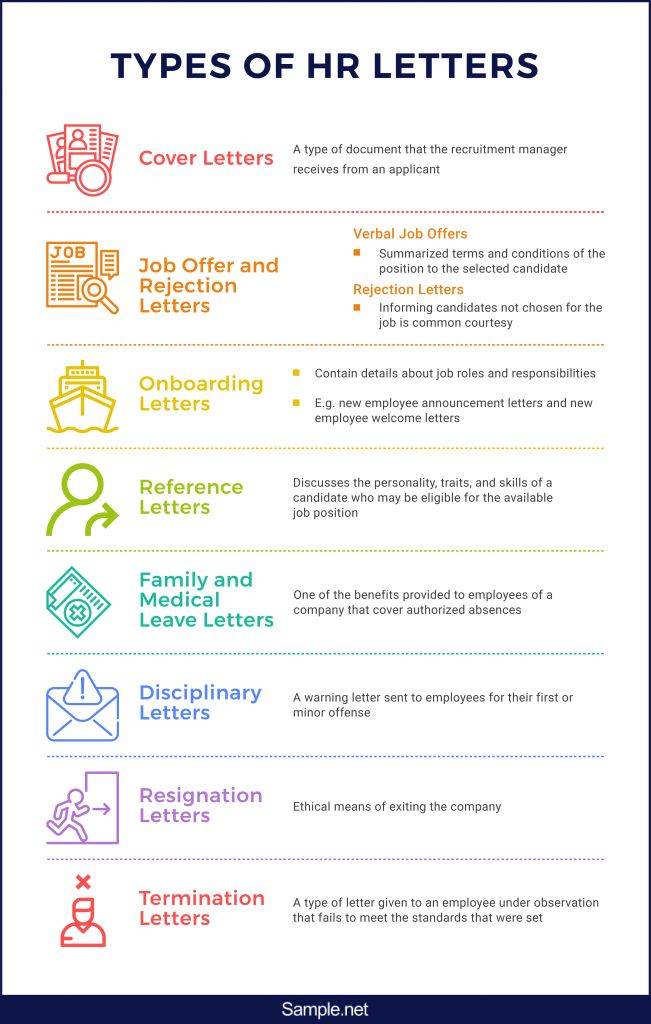
The Dos and Don’ts of HR Letters
As a core sector of a company’s very existence, written communication is a fundamental part of your day-to-day role. You may be required to write dozens of letters within a week to make sure the company and its workforce can run smoothly as possible. But if your writing skills aren’t as polished as you’d want it to be, it’s never too late to educate yourself on some of the best ways to improve your HR letters. Below are some tips to consider in writing effective business letters.
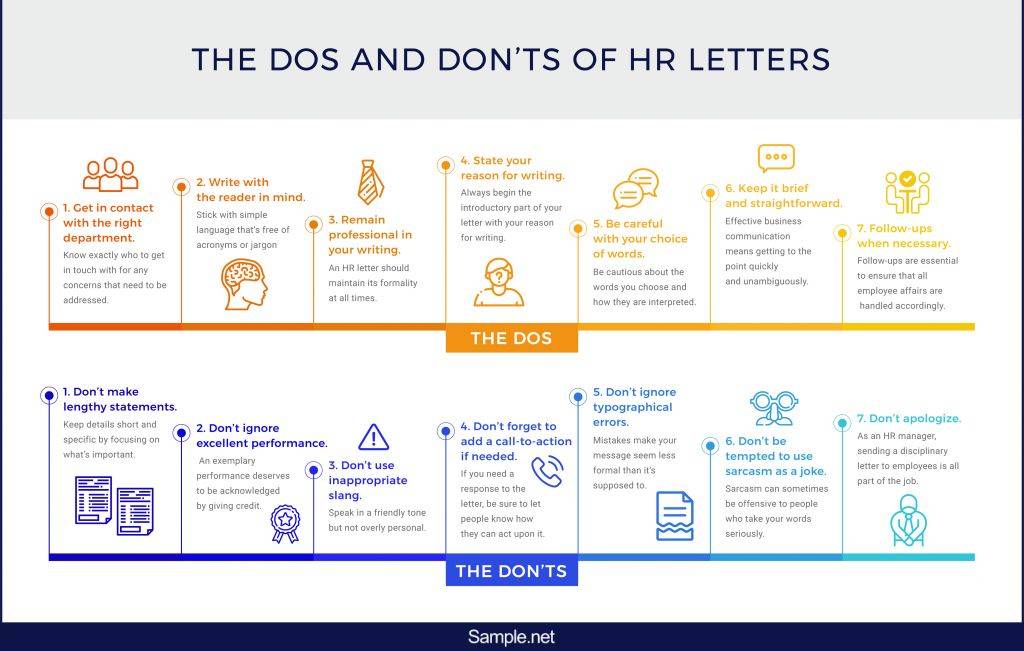
The Dos
1. Do get in contact with the right department.
You need to know exactly who to get in touch with for any concerns that need to be addressed. Unless you’ve already corresponded with the desired recipient before, don’t hesitate to ask for the complete name and title of your addressee. It is possible to have two people with similar names in one organization. The last thing you want to do is send a termination letter to the wrong person, so it’s best to clarify these details beforehand. Leaders from the respective departments will be happy to assist you with this matter upon your request.
2. Do write with the reader in mind.
If you’re writing about a technical topic for a non-technical reader, stick with simple language that’s free of acronyms or jargon. You can’t assume that everyone will understand what you intend to say in your letter, as certain terms can mean something entirely different to people from specific fields of expertise. You might need to expound some terminologies or concepts that a reader may not be familiar with as well. This will prevent readers from misinterpreting the message you are trying to convey.
3. To remain professional in your writing.
As you’re likely dealing with a key business document in the corporate world, there’s really no excuse to speak unprofessionally in your correspondence. From the tone of voice to the letter structure, your HR letter should maintain its formality at all times. Ensure that any facts or figures included in the document are checked for accuracy. A useful technique to assess whether your letter is accurate, professional, and acceptable is to try reading it out loud. It’s a clever way to emphasize words or phrases that may not be appropriate for a formal letter.
4. Do state your reason for writing.
Always begin the introductory part of your letter with your reason for writing. That way, the reader can quickly determine whether the subject of the letter is worth prioritizing or not. Most readers like to skim through a document to find certain keywords that might concern them. It’s a common approach that people take to save time and effort. Considering how busy it can get in the office, most employees stay organized by prioritizing matters based on urgency and importance.
5. Do be careful with your choice of words.
One of the primary rules in letter writing is to correspond with your recipient politely. Be cautious about the words you choose and how they are interpreted in full context. Even if it was not in your intentions to do so, certain statements can be construed as discriminatory, inflammatory, or offensive by a reader. This can lead to conflicts later on, which is not something you want to catch yourself in as an HR manager. Stick with simple wording and well-mannered statements that still remain respectful when twisted.
6. Do keep it brief and straightforward.
Effective business communication means getting to the point quickly and unambiguously. It doesn’t matter how short your letter is, as long as readers can grasp your message. It’s pointless to fill the body of your letter with needless information just to sound credible. Cut out useless words or phrases that have no significance in your letter. Using flowery language or an obscure vocabulary will only make it difficult for you to deliver your message with clarity. But if you go right to the point with your message, readers can immediately grasp what you’re trying to say with little doubts.
7. Do follow-ups when necessary.
Running a company of over a hundred employees can be pretty difficult for an HR manager. Since you have new recruits and your current workforce to handle simultaneously, follow-ups are essential to ensure that all employee affairs are handled accordingly. If a person sends a complaint letter to HR regarding a serious matter in the workplace, you can send a follow-up to inform the sender that you’re looking into the case. Employees can also make a follow-up for urgent matters that have yet to be addressed.
The Don’ts
1. Don’t make lengthy statements.
Not everyone has the luxury of time to read through a wordy letter. Keep details short and specific by focusing on what’s important. If you can convey your ideas in a single paragraph, then all the better. The key to communicating effectively is to share what’s on your mind in as little words as possible. Breaking down chunky paragraphs into short, digestible statements will also keep your text concise and coherent.
2. Don’t ignore excellent performance.
Like you, employees spend long hours in the office to meet their obligations and reach the company’s expectations. It’s not every day you find employees who are willing to go the extra mile to accomplish certain goals. An exemplary performance like this deserves to be acknowledged by giving credit where credit is due. Apart from a company-wide recognition, you can also send a letter to the top-performing employee to show your gratitude for their hard work and dedication to the job. Recognition and thank-you letters can make people feel appreciated and inspire others to perform just as well.
3. Don’t use inappropriate slang.
Speak in a friendly tone but try not to make it overly personal. You want to be respected as a Human Resource Specialist in the organization you work for, while also sounding approachable enough for employees to come to you if they have any concerns that they want to raise. By seeming more human and less robotic in your letters, you can develop a connection that readers can relate to. However, avoid using words and phrases that are regarded as informal in business correspondence. This may damage your reputation as a well-respected member of the organization.
4. Don’t forget to add a call-to-action if needed.
If you need a response to the letter you’re about to send, be sure to let people know how they can act upon it. A call-to-action may prompt recipients to call a number, pay a visit to the HR office, send an email, or any possible action that you want them to do. This is usually indicated below the body of your letter as a closing statement to your message. It should be made specific to the main intent of the letter so that recipients know exactly what to do next.
5. Don’t ignore typographical errors.
Everyone commits mistakes but what’s important is your ability to catch the error before it does any damage. Simple typos, grammatical errors, and spelling mistakes tend to make your message seem less formal than it’s supposed to. Thus, proofreading the content of your letter is the final yet the most crucial step of the writing process. It helps point out any flaws that could affect the way your message is understood. As a way of establishing professionalism, you also want your letter to be as perfect as possible.
6. Don’t be tempted to use sarcasm as a joke.
It’s easy to spot sarcasm in verbal communication through the delivery and tone of your voice. You may think it’s funny at the time you are writing it, especially when your intentions are pure and innocent. But as far as humor goes in business writing, sarcasm can sometimes be offensive to people who take your words seriously. If you find the urge to reply with a statement that drips with sarcasm, you might want to take a break from writing before you do anything irrational.
7. Don’t apologize.
Employees are often held accountable for the mistakes they make. Major offenses are not to be treated lightly by the management, so you can only imagine the consequences that employees have to face for their actions. You might feel bad about the sanctions that are given to those in the wrong, but that doesn’t mean you need to apologize for handling things the way you should. As an HR manager, sending a disciplinary letter to employees is all part of the job. Standing firm with your decision will help establish authority. That way, people will know better than to act or behave unethically in the workplace.
Documentation is an important aspect of a company’s operations. In addition to the items listed above, you also want to secure an HR template for each letter you might find useful in the future. This will spare you from the time-consuming and labor-intensive process of composing a letter from scratch. Simply tailor the letter to your exact needs, and you should be good to go.
